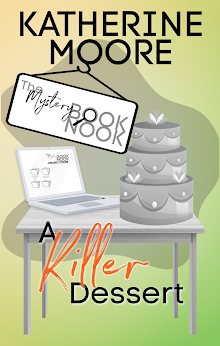 |
| Shakespearean actor Geraint Wyn Davies as King Arthur |
I always wondered why Shakespeare never wrote his version of the King Arthur legend. It has all the elements he loved--a tragic love, ambitious men (Mordred is Iago's ntural son!)m a flawed hero.
the Bard borrowed from all kinds of sources but never wrote his version of England's national myth. And that seems a shame.
But as it turns out, there is a significant community of scholars who think he DID tackle the subject. I found this interesting articleon Tyler Tichelaar's "Children of Arthur" blog about a play called The Birth of Merlin that may very well be a "lost" play, one of almost 40 plays with disputed authorship.
Wikipedia calls the play "Jacobean" and attributes it to one William Rowley. If you're saying, "Who?" you're not alone. I looked Rowley up and according (agani) to Wikipedia, Rowley was mostly known for plays he wrote in collaboration with other, more successful authors.
According to the synopsis, the play was full of magic, 17th century special effects (devils!!) and and was a fast-paced crowd pleaser.
It seems to me that the Arthurian story cries out for an epic play that is serious and important. I sometimes find myself impatient with the rough humor of Shakespeare's comedies (and I purely hate Falstaff), so the notion that The Birth of Merlin is kind of wacky is a bit disappointing.
If you're curious (I am), you can download the play's text here.










